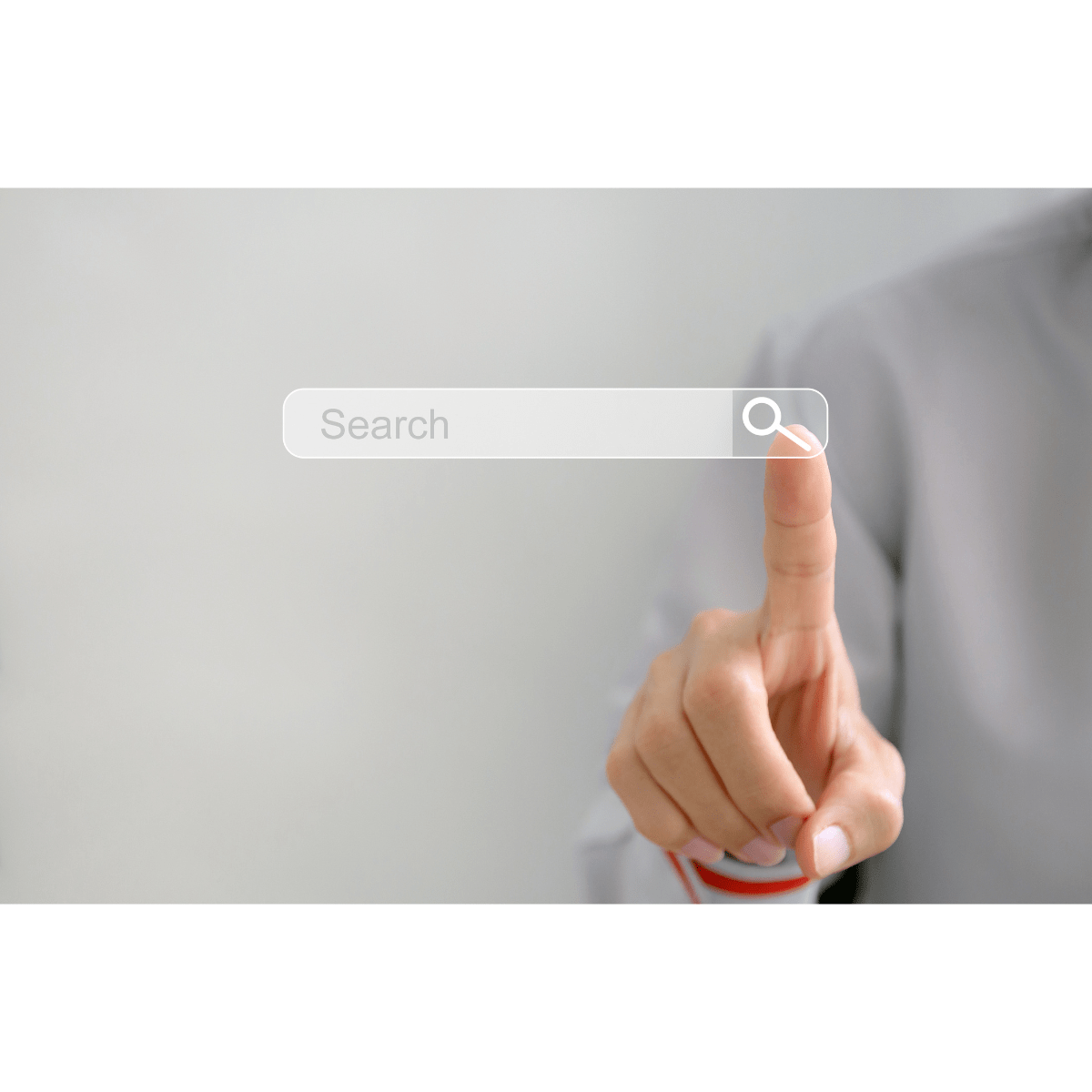Artificial Intelligence (AI) is revolutionising many industries, & especially marketing & communications. Large Language Models (LLMs) have been widely & quickly adopted as a means of producing copy rapidly & with research to substantiate points made. But the potential for AI goes far deeper. As a collective technology it has the potential to transform the way marketeers create, distribute, & evaluate content. It offers economies of scale, by creating & adapting marketing assets faster than a human; optimisation, by learning what assets, targeting, & messaging are most effective; & quicker insight, by bringing together research in scripts that are easy to understand & interrogate.
However, it is not without its downsides, downright faults, or risks. In this article, we explore its potential, & what marketers should consider before betting the farm on its potential to transform our working lives for the better…
The Potential
Content Creation at Scale
AI can generate high-quality content at scale, freeing up marketeers to focus on strategy & creativity. It can create blog posts, product descriptions, social media posts & email content quickly & efficiently. This saves time & increases productivity.
Democratised Design
AI-powered design tools can democratise the design process by enabling non-designers to create high-quality visuals. Platforms such as MidJourney are already helping thousands of small businesses & start-ups to create professional-looking designs without the need for a graphic designer, or even tools such as Canva. On a similar note, spare a thought for Grammarly.
Research & Insight
AI can analyse vast amounts of data to uncover insights that humans might miss, or that might otherwise take hours to compile & comprehend. This can help marketeers to understand audiences, sectors or issues & make decisions based on that data. But in the rush for instant gratification & the novelty of an AI-provided answer, it can be easy to overlook the fact that AI itself is still, & always, learning. There are countless examples of AI simply providing bad answers to questions. Like this instance of ChatGPT using the comedy series M.A.S.H as a source of data when pressed on the source of an answer. Check any answers you receive!
Automation & Advertising Optimisation
Machine learning (ML) has long been a fulcrum of performance marketing & media buying & is now being further enhanced by AI’s ability to automate repetitive tasks such as ad targeting, bidding, & optimisation. It can also personalise ads based on customer behaviour & preferences, improving the effectiveness of advertising campaigns.
Sounds great, huh? But what are the risks associated with this gargantuan machine brain that we’re all pouring loads of data, investment, & resource into?
The Risks
Trust
Let’s start with the obvious. The use of AI in marketing requires collecting & analysing large amounts of data, which naturally & quite rightly raises concerns about data privacy & security. Firstly, for our UK & EU-based readers – marketeers must be transparent about how they collect & use data & ensure they comply with relevant regulations such as GDPR & CCPA. Secondly, marketeers must be careful to not enter any company-sensitive data into AI platforms. This could unwittingly surface in competitors’ searches for data & provide an advantage or worse – a confidentiality breach.
Creative Magic
Ask yourself this – would AI have created the Cadbury’s Gorilla advert? No. AI’s biggest limitation is imagination, & pure creativity that comes from anywhere, especially from unexpected, un-prompted sources. AI will never have a ‘shower idea’. AI-generated content can lack the human touch, & in many cases looks ‘AI-Y’ with little of the authenticity of the brand it’s creating for. Marketeers must ensure that the tone & style of the content AI generates aligns with a brand, its characteristics, values & ultimately that it resonates with the target audience. Whilst this can be taught to AI, it begs the question – should we bother?
Tone of Voice
Currently there is a paucity of data on what the most common use of AI in marketing is, but it’s a safe bet one of the top ones is to write copy. AI can create content quickly, but it rarely gets an intended tone of voice right the first time, or first few times. Reviewing & editing AI-generated content is important, especially as the features of AI-generated copy become more widely noticeable. (FWIW, we asked ChatGPT what the most common use was by marketeers, & it suggested copywriting was among the top uses alongside research.)
Ad (mis)Placement
Whilst AI can automate ad placement, it can also result in ads being placed in inappropriate contexts. Marketeers must monitor ad placements & ensure they align with the brand’s values, avoid any potential harm to the brand’s reputation or end up causing harm to the people who see it. This is likely to be one of the main areas of policy & regulation where AI is concerned, particularly with issues around discrimination & hate-speech on platforms like Twitter where AI will undoubtedly play a role in the future of its algorithm.
In Conclusion: Plenty to Explore, Plenty to Improve
Our view is that AI has great potential to augment marketing teams & deliver assets, insight & copy quickly & economically. However, it’s no substitute for human expertise, originality or – at least in many cases – judgement. As marketers we must use AI as a tool to complement our collective skills – not replace them. Only humans can devise ‘strategy’ & ‘creative briefs’, review AI’s output & share that output with stakeholders appropriately & in a way that adds value.
A recent example of successful AI-powered marketing is our campaign for Gigamon, the leading deep observability company that offers solutions to reduce network, cloud and security tools costs. The Say team identified an opportunity to piggyback on the UK government’s spring budget announcement to raise a discussion about budget optimisation. The spring budget announcement is symbolised by the reveal of the iconic red box in front of N10, and the creative idea revolved around placing an orange briefcase (Gigamon’s brand colour) with key messages in front of the address.
Organising and filming a stunt with custom-made briefcases would have presented logistical challenges and timescale issues, therefore the campaign used AI to create images of business people with orange briefcases in front of N10, with multiple variations to maintain the images and messages fresh, and cutting the time & budget that would have otherwise been needed to deliver the campaign in a traditional manner. The campaign exceeded all KPIs, demonstrating the potential of AI in marketing – specifically in performing a perfunctory & monotonous task that followed from one originating in quite the opposite – human creativity.
For Balance, Here’s AI’s Conclusion on the Matter, Verbatim:
“In conclusion: AI has the potential to transform the marketing landscape, but it is not without its risks. Marketeers must carefully consider the potential & risks of using AI in marketing & ensure they use it responsibly & ethically. With the right approach, AI can help marketeers to be more productive, effective & achieve their marketing goals.” (Source: ChatGPT)

